As several Gumbo Guessers quickly realized, Gumbo was visiting the Lower Depths, the sine qua non of modern society, the sewer system. This particular sewer is in Paris, and it runs through the Museum des Egouts—yes, the Sewer Museum. To my surprise, no one made a precise enough identification to win. Try again tomorrow!
Three pictures above from the sewers of Paris–you can almost imagine Jean Valjean...
The picture below, featured in the puzzle, is part of sewer cleaning mechanism.
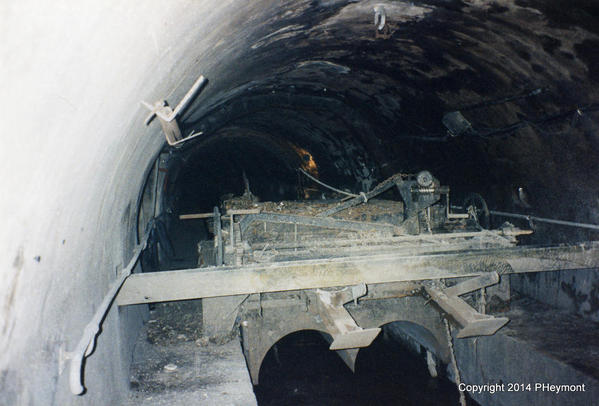 And Paris is not alone in having a sewer museum, although it has the largest, and one of the few with active sewers running through and under it. There are sewer museums also in Manchester, Brussels, Hamburg, Prague, Brighton, Barcelona and doubtless more. There’s even one under development in Budapest. Sadly, though: none in London or New York.
And Paris is not alone in having a sewer museum, although it has the largest, and one of the few with active sewers running through and under it. There are sewer museums also in Manchester, Brussels, Hamburg, Prague, Brighton, Barcelona and doubtless more. There’s even one under development in Budapest. Sadly, though: none in London or New York.
Hamburg's Abwassermuseum visits the sewers, but focuses on what workers find in the system (not just underwear, mind.)
On the whole, we have a mixed relationship with our sewer systems. Mostly we don’t want to see them and don’t want to know what’s going on inside them—except maybe to speculate that they are full of rats (yes, often true) or hordes of alligators grown up from babies flushed away (no, not true). They can inspire feelings of disgust—but we’re interested enough to have enjoyed years of sewer jokes from Art Carney, the Ed Norton character of the Honeymooners.
London's Abbey Mills Pumping Station...sometimes even sewage needs a little help to get where it's meant to go. The only visitable London sewer site, and only once a year.
And, sewers have figured in the plots and scenes of more movies than anyone can remember. A few that come to mind: Les Miserables. The Italian Job. The Third Man. Blade II. Batman Returns. The Fugitive. And recently, In Darkness, a reality-based film about a Polish sewer worker who sheltered Jews from the Nazis—in the sewers of Lvov. The two pictures below, from Vienna, feature the former Vienna River, now roofed over as part of the sewer system. In the Third Man, scene of an extended chase.
But Gumbo’s visit to the Paris sewer museum reminded him that in reality there could not be any modern cities without sewers, and even many ancient cities built them as well. After all, when you have thousands of people crowded together, the waste has to go somewhere. In a small village, it can be carried away out of town. When enough people live together, “out of town” becomes too far away. But the earliest solution to that—dump it in the river—only works for so long. Eventually you can’t drink the water and the water doesn’t carry the waste far enough for you to avoid the smell.
Brussels' Sewer Museum shows an assortment of cleaning equipment as well as the tunnels (always much larger than the flow...in case of storms and overflow)
Both Paris and London (Paris much earlier) began building sewer systems to avoid plagues and epidemics. Some sewers were built by digging ditches and eventually covering them; others covered over existing streams and turned them into sewers. Few people riding along London’s Embankment or enjoying its views realize that they are actually strolling on the roof of a huge 19th-century public works project: London’s first big sewer, designed to take the waste downstream from the city.
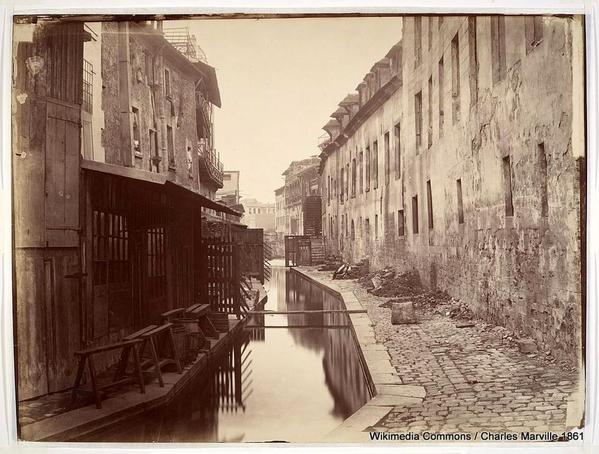 This is the Bievre, one of the small rivers that originally flowed through Paris; this is its last portrait before Baron Haussmann had it covered and connected to the sewers. By that time, it was mainly a drainage canal for tanners and leather factories).
This is the Bievre, one of the small rivers that originally flowed through Paris; this is its last portrait before Baron Haussmann had it covered and connected to the sewers. By that time, it was mainly a drainage canal for tanners and leather factories).
But enough! Time to get our minds out of the gutter, and plan some travel. For that purpose, here are links to a number of fascinating destinations for those of you who want to wake up and smell more than just the coffee!
For the sewer tourist, here are some links
And an article that covers even more...including Prague, Barcelona and Rome

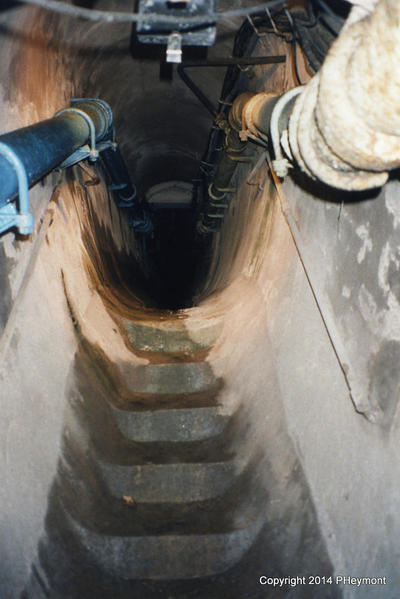
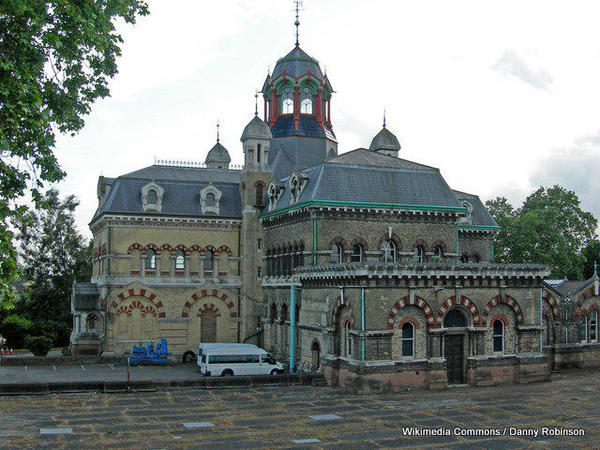
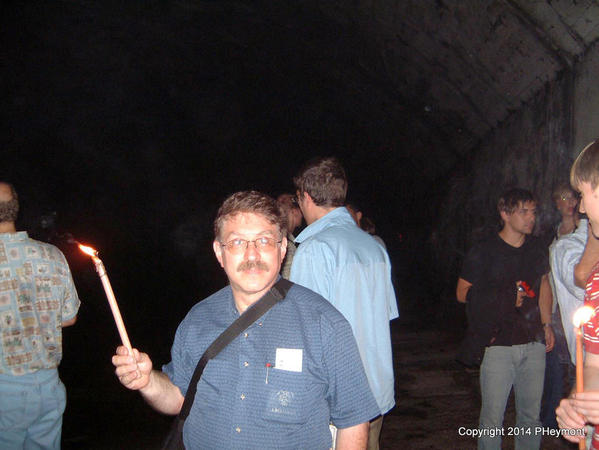
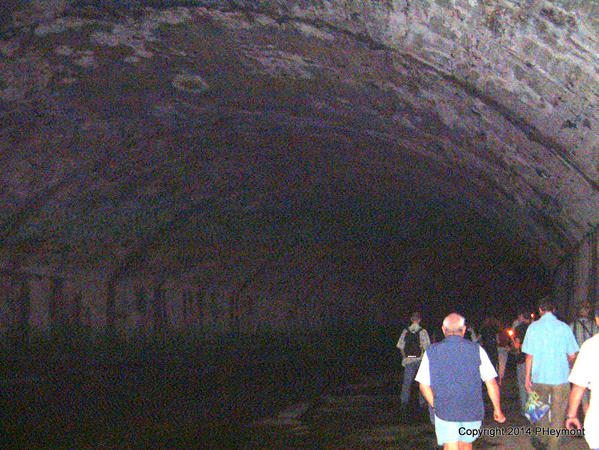
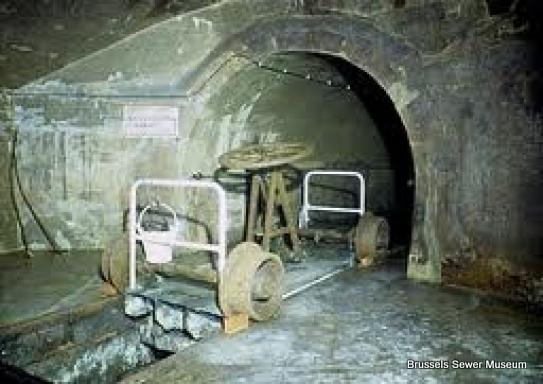
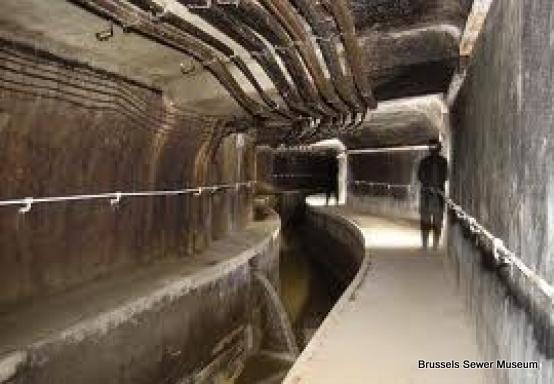


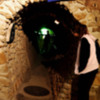
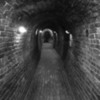
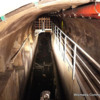

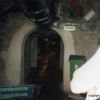

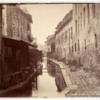
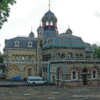


Comments (8)